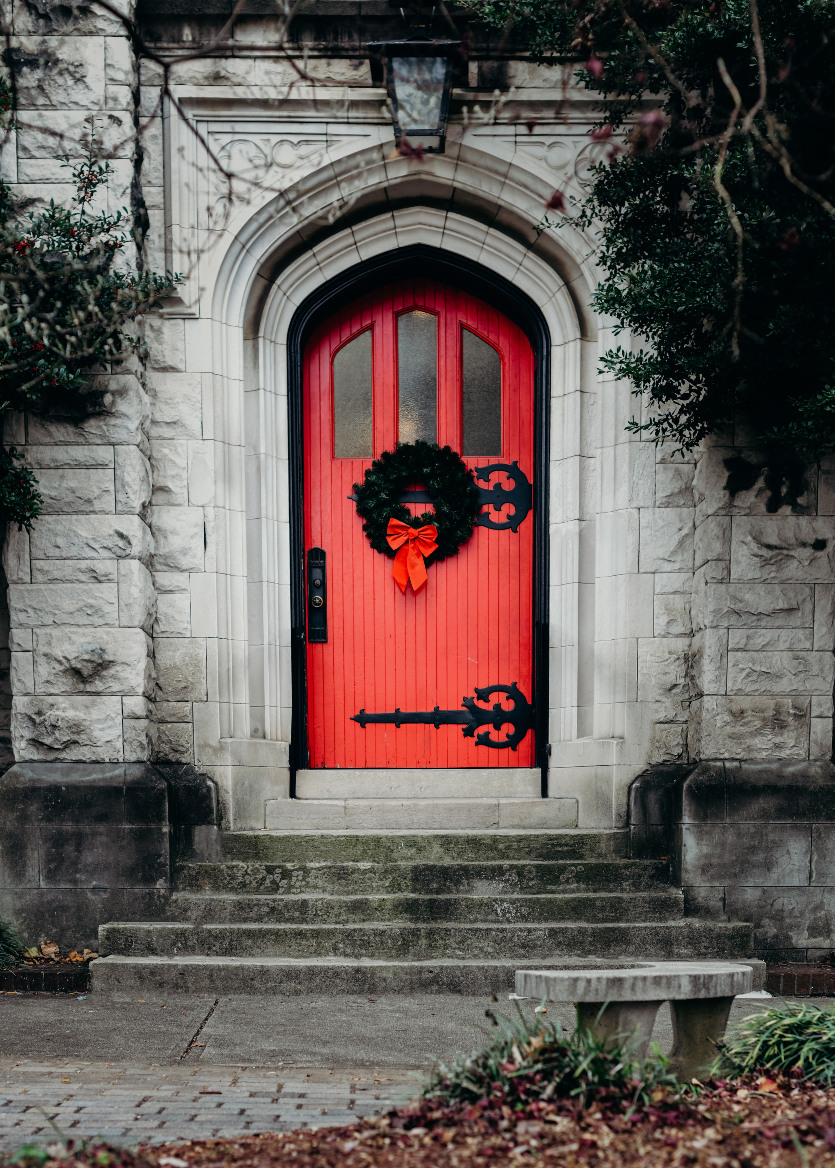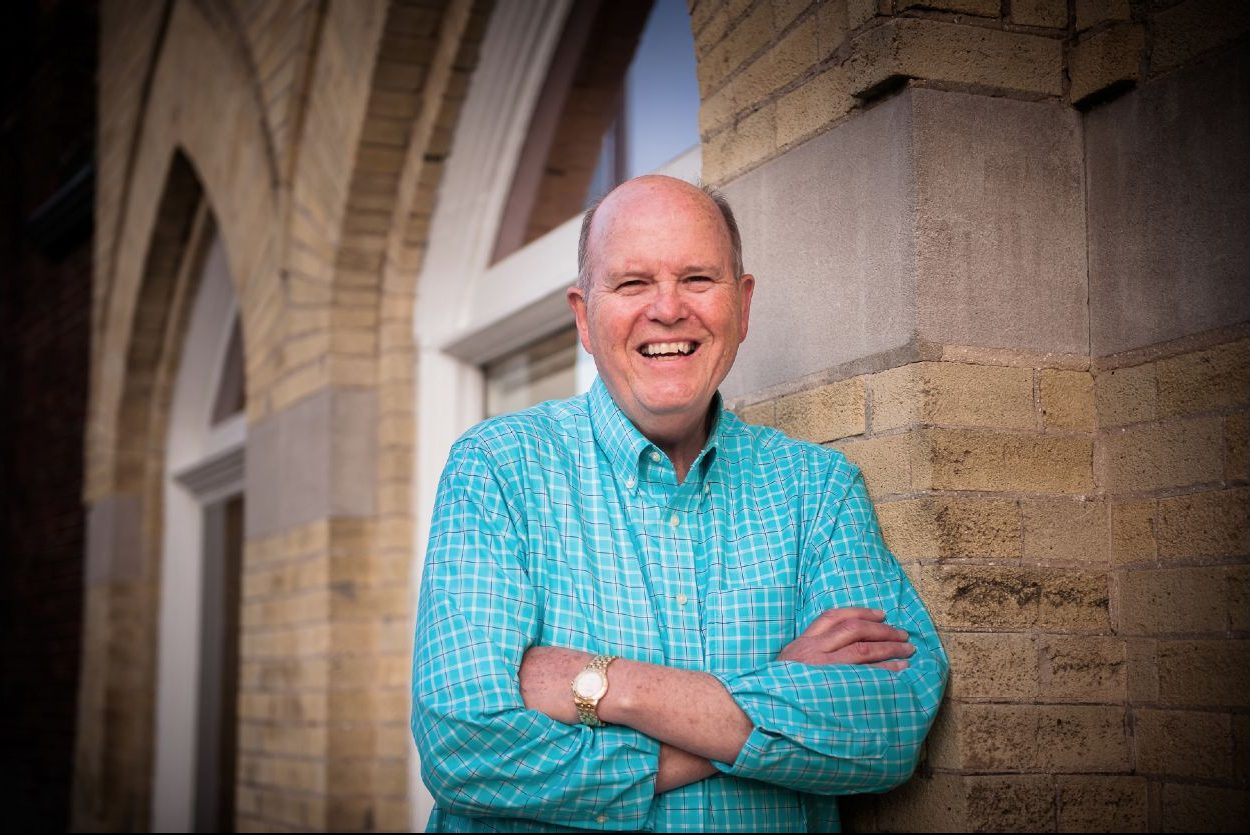My favorite church experience is singing “O Holy Night” at a Christmas Eve service. Many churches will turn off the lights and pass out candles that are lit as the song begins. It’s quite moving.
Today’s episode is about the interesting and surprising history of “O Holy Night.” But first this:
Welcome to You Were Made for This
If you find yourself wanting more from your relationships, you’ve come to the right place. Here you’ll discover practical principles you can use to experience the life-giving relationships you were made for.
I’m your host, John Certalic, award-winning author and relationship coach, here to help you find more joy in the relationships God designed for you. To access all past and future episodes, go to the bottom of this page, enter your name and email address, then click on the follow or subscribe button. The episodes are organized chronologically and are also searchable by topics, categories, and keywords.
“O Holy Night”
The words to “ O Holy Night” were written in 1843 by Placide Cappeau, a French wine merchant and poet. Although he was never particularly religious, Cappeau was asked by a local parish priest to write a Christmas poem to celebrate the recent renovation of the church organ in his hometown. The poem was entitled “Midnight, Christians.” Four years later in 1847 his friend, Adolphe Adam, wrote music to accompany the lyrics creating the song initially titled, “Cantique de Noel,” or “Christmas Carol” in English.
Adam was a French composer and music critic who wrote mostly operas and ballets. Alongside the opera Giselle (1841), “O Holy Night” is one of his best-known works.
“Cantique de Noel” (i.e., “Christmas Carol”) became popular in France and was sung in many Christmas services. But when Placide Cappeau left the church to join a socialist movement, and it was discovered that Adolphe Adams was a Jew, the French Catholic church leaders decided “Cantique de Noel” was “unfit for church services because of its lack of musical taste and total absence of the spirit of religion.” But even though the church no longer allowed the song in their services, the French people continued to sing it.
An American perspective on “O Holy Night”
Then in 1855, an American minister and writer, John Sullivan Dwight, saw something in the song that moved him beyond the story of the birth of Christ. An abolitionist, Dwight strongly identified with the lines of the third verse of the song
“Truly he taught us to love one another; his law is love, and his gospel is peace. Chains shall he break, for the slave is our brother, and in his name all oppression shall cease.”
He published his English translation of “O Holy Night” in his magazine, and the song quickly found favor in America, especially in the North during the Civil War.
Back in France, the song continued to be banned by the church for almost two decades, while the people still sang “Cantique de Noel” at home. Legend has it that on Christmas Eve 1871, in the midst of fierce fighting between the armies of Germany and France, during the Franco-Prussian War, a French soldier suddenly jumped out of his muddy trench and began singing “Cantique de Noel.” Then a German soldier stepped into the open and answered the Frenchman’s song with Martin Luther’s “From Heaven Above to Earth I Come.”
The story goes that the fighting stopped for the next twenty-four hours while the men on both sides observed a temporary peace in honor of Christmas day. There is no proof that this ever happened, but that’s why it’s a legend and a good story, never the less. One thing I couldn’t find is how or when the title of this Christmas carol became “O Holy Night.”
“O Holy Night” is a first
Years later on Christmas Eve 1906, Reginald Fessenden–a 33-year-old university professor and former chief chemist for Thomas Edison–did something long thought impossible. Using a new type of generator, Fessenden spoke into a microphone and, for the first time in history, a man’s voice was broadcast over the airwaves. And what did he say? He recited the beginning of the Christmas story found in chapter 2 of Luke’s gospel,
“And it came to pass in those days, that there went out a decree from Caesar Augustus, that all the world should be taxed…
After finishing his recitation of the birth of Christ, Fessenden picked up his violin and played “O Holy Night,” the first song ever sent through the air via radio waves.
Starting as a poem requested by a local parish priest in 1843, which morphed into a song 4 years later, “O Holy Night” has a most interesting history. Written by a poet who later left the church, then given soaring melodies by a Jewish composer, and then brought to America and used in the anti-slavery movement, this beloved Christmas carol is sung by millions around the world today.
Lyrics to “O Holy Night”
O holy night, the stars are brightly shining,
It is the night of the dear Saviour’s birth;
Long lay the world in sin and error pining,
‘Till he appeared and the soul felt its worth.
A thrill of hope the weary world rejoices,
For yonder breaks a new and glorious morn;
Chorus
Fall on your knees, Oh hear the angel voices!
O night divine! Oh night when Christ was born.
O night, O holy night, O night divine.
Led by the light of Faith serenely beaming;
With glowing hearts by his cradle we stand:
So, led by light of a star sweetly gleaming,
Here come the wise men from Orient land,
The King of Kings lay thus in lowly manger,
In all our trials born to be our friend;
Chorus
He knows our need, To our weakness no stranger!
Behold your King! Before Him lowly bend!
Behold your King! your King! before him bend!
Truly He taught us to love one another;
His law is Love and His gospel is Peace;
Chains shall he break, for the slave is our brother,
And in his name all oppression shall cease,
Sweet hymns of joy in grateful Chorus raise we;
Let all within us praise his Holy name!
Chorus
Christ is the Lord, then ever! ever praise we!
His pow'r and glory, evermore proclaim!
His pow'r and glory, evermore proclaim!
Sources
https://www.classicfm.com/discover-music/occasions/christmas/o-holy-night-original-lyrics-composer-recordings/
(Stories Behind the Best-Loved Songs of Christmas” Zondervan)
https://www.christianity.com/wiki/holidays/what-is-the-meaning-and-story-behind-o-holy-night.html
What does all this mean for you?
“O Holy Night” reminds us of God’s relentless creativity in pursuing all of us. Using a man who left his faith in God to write the lyrics, and a Jew who rejects Jesus, God uses this song, over 200 years old, for the purpose of drawing us to himself.
“O Holy Night” isn’t just about one night, Christmas night. It’s about all the nights and days that follow. Nights where you are offered reconciliation and forgiveness for your sins.
Nights of faith made possible by the birth of Jesus who knows your needs and weaknesses, and who teaches us to love one another.
It’s about nights of hope for the future because Christ entered our world to save us from ourselves. It’s about nights of worship for all that the Lord has done for us.
Here’s the main takeaway I hope you remember from today’s episode
“O Holy Night” shows God’s passion for making himself known. He uses music written by people who don’t believe in him to comfort people who do.
Closing
Well, that’s it for today. If there’s someone in your life you think might like to hear what you just heard, please forward this episode on to them. Scroll down to the bottom of the show notes and click on one of the options in the yellow “Share This” bar.
Merry Christmas everyone!
Other episodes or resources related to today’s shows
082: A Christmas Gift of Anticipation
136: Make it a Merry Christmas this Year
021: The Most Important Relationship of All
Last week’s episode
188: Joy to the World – The Unintended Christmas Carol
The place to access all past and future episodes
JohnCertalic.com
Our Sponsor
You Were Made for This is sponsored by Caring for Others, a missionary care ministry. The generosity of people like you supports our ministry. It enables us to continue this weekly podcast and other services we provide to missionaries around the world.





I don’t know who you are but I have heard this song for weeks and I have found this to be my inspiration if oh holy night.
Thank you for your comment, Patrisha. I’m glad you find the song inspiring.